They makeup a handful of stores that have shot to renown for sourcing rare printed matter – here, they share their favourite photo books
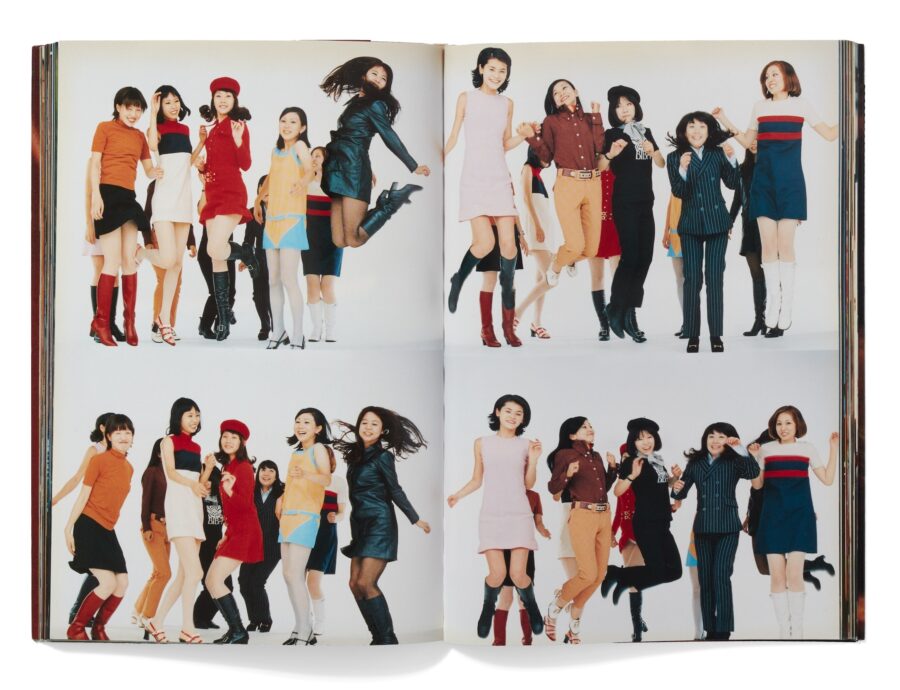

They makeup a handful of stores that have shot to renown for sourcing rare printed matter – here, they share their favourite photo books
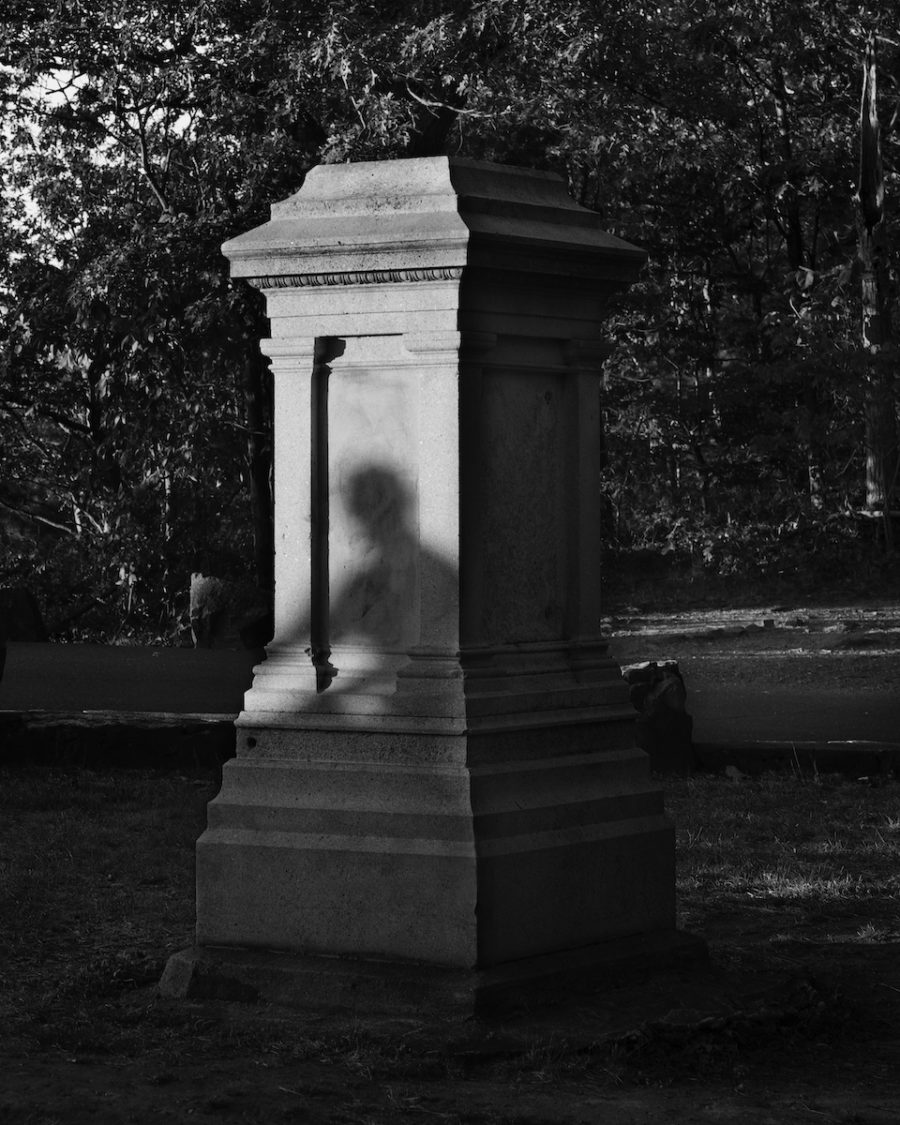
The photographer searches for the subtle details that evoke emotion and memory in and around her neighbourhood

“We wanted to create something that felt limitless.” Inspired by Michael and Janet Jackson’s iconic ‘Scream’ music video, the creative duo unpack their latest futuristic fashion story

The LA-based photographer bears witness to the glitz and glamour of Mexican American lowrider culture, as well as its intimacy, communality, and history
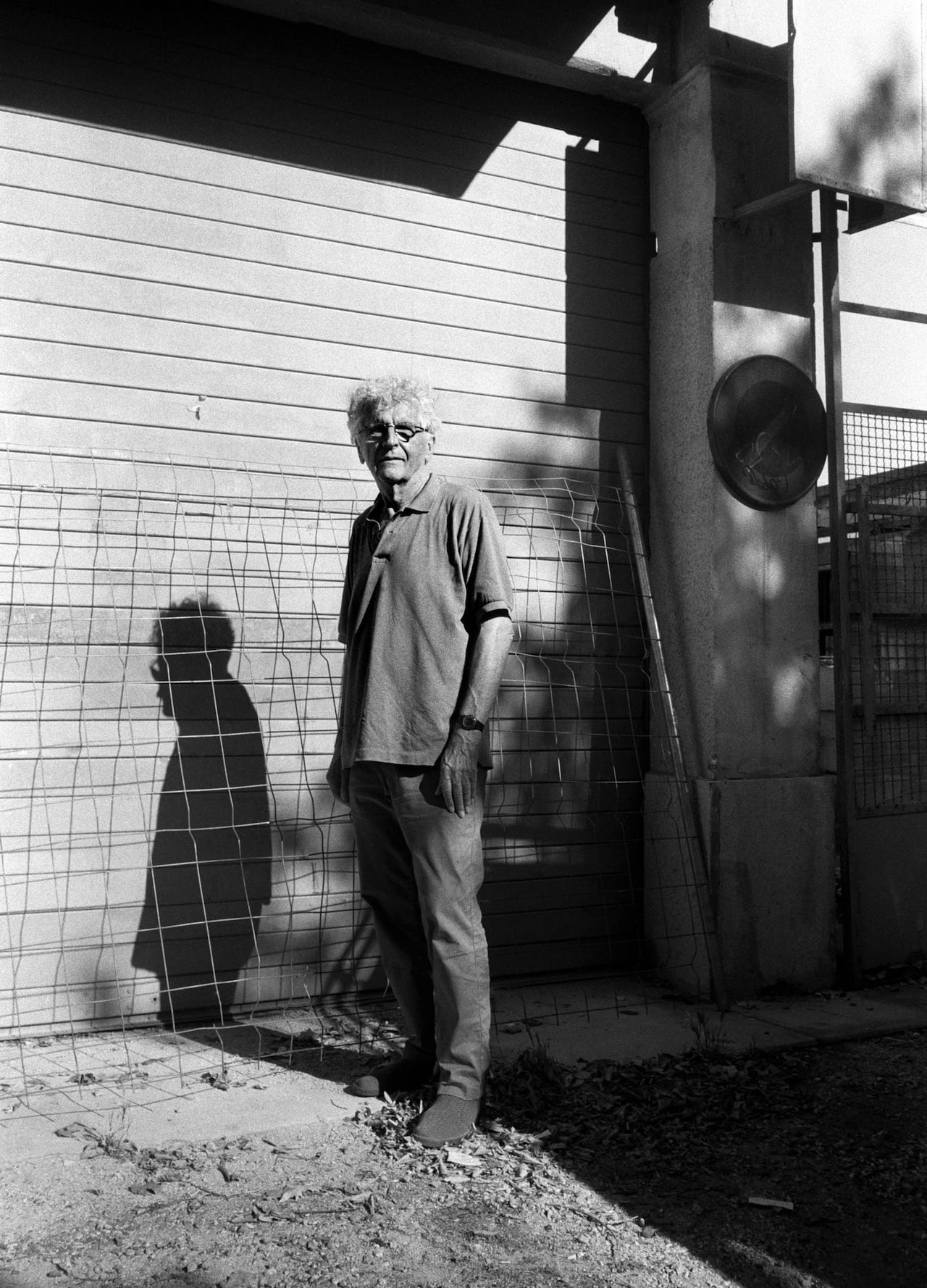
An early pioneer of colour photography and digital printing, the 77-year-old is best known for his cinematic, light- strewn images of Morocco, Russia, the US and his native Belgium. Working across six decades, he’s produced many books, including the recent East/West and Edges, both published by Thames & Hudson

“People always ask me why I stopped photographing people,” says Anthony Hernandez, who in the…
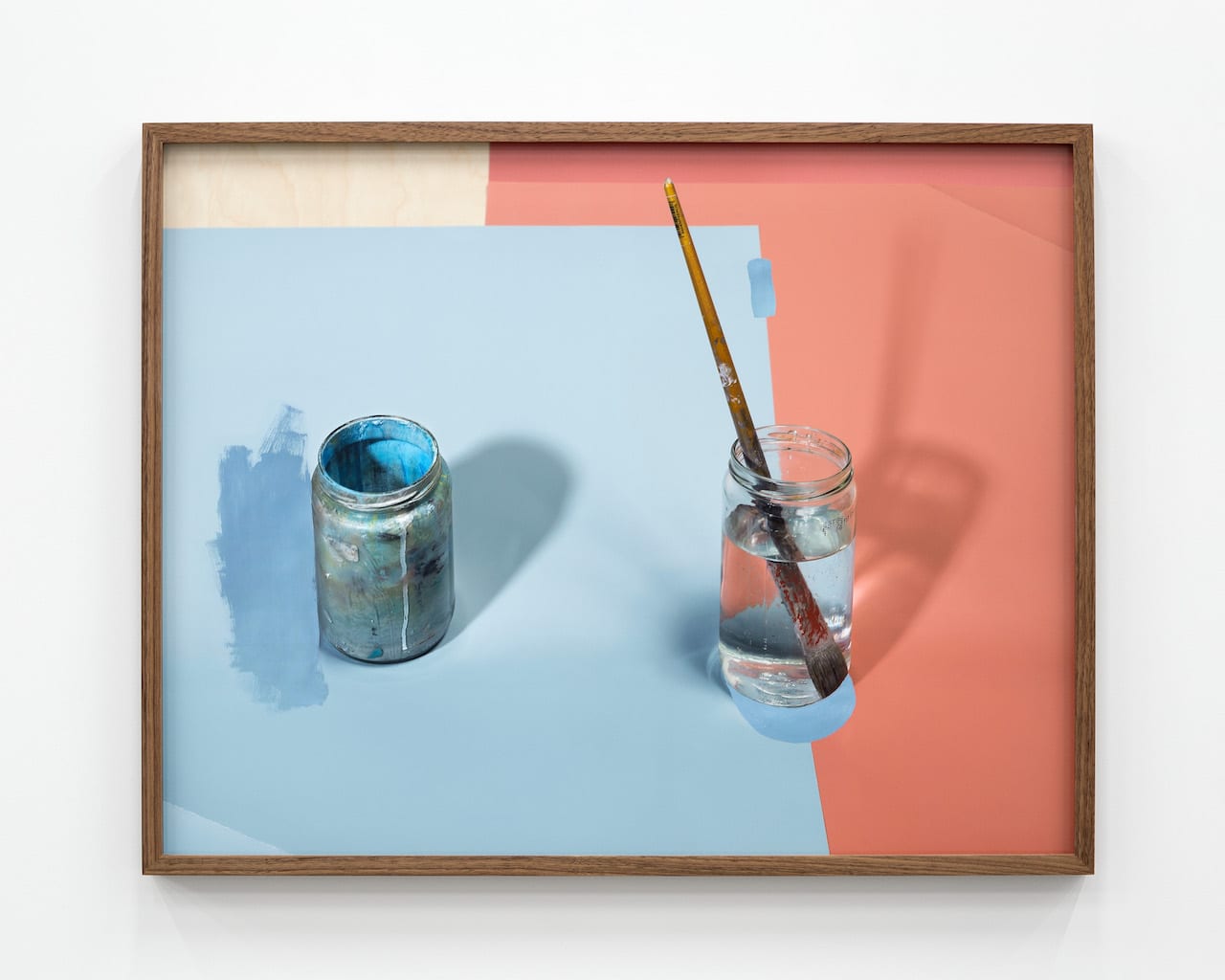
“Your memory isn’t like a file in your hard-drive that stays the same every time you revisit it. It actively changes,” says John Houck, whose images, just like our memories, can be deceptive. His pieces are made cyclically, by photographing and rephotographing objects, paintings, and sheets of folded paper, adding and removing elements with each iteration. “It’s a way to get at the way in which memory is an imaginative act,” he says.
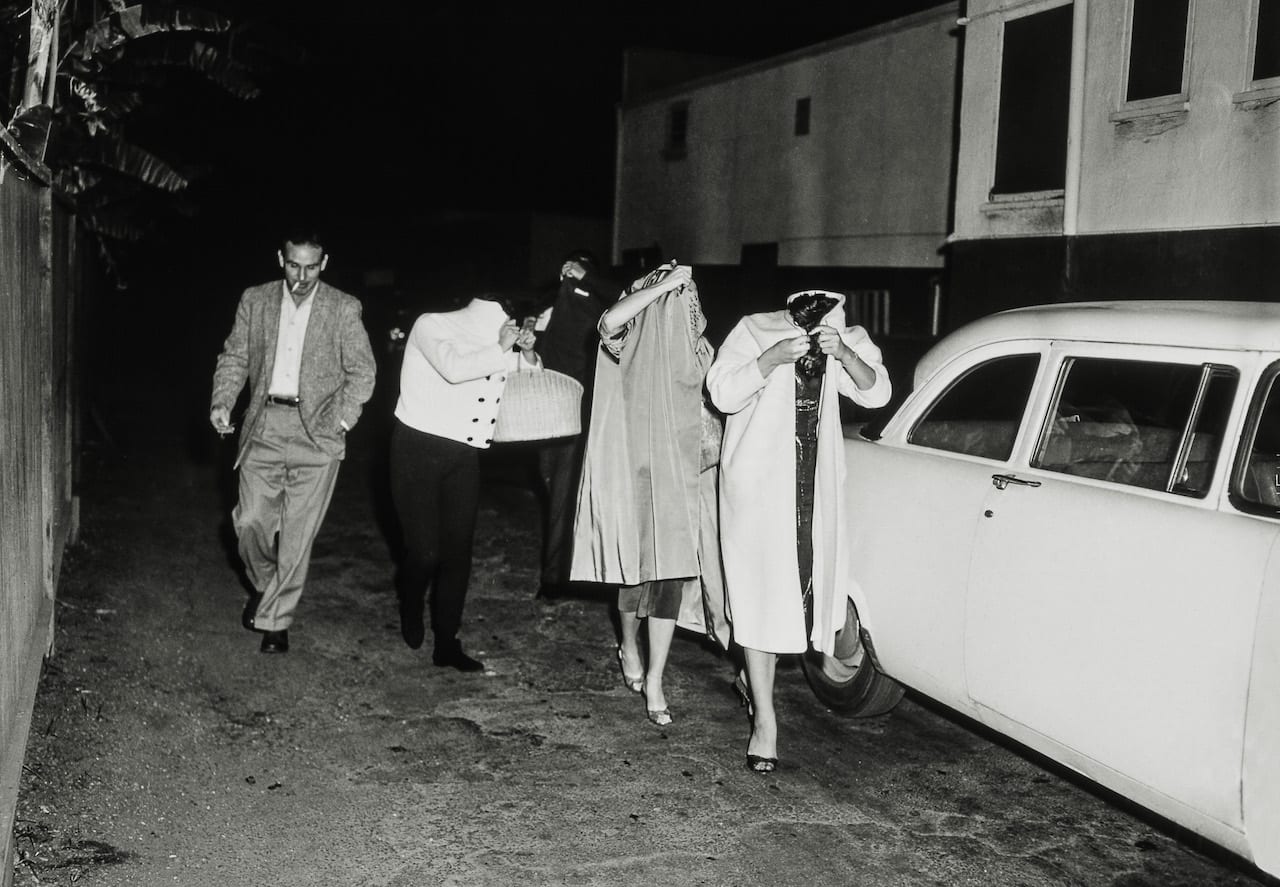
“The streets were dark with something more than night,” wrote Raymond Chandler in The Simple Art of Murder (1950). Born in Chicago but brought up in Los Angeles, Chandler helped create the genre that became synonymous with the City of Angels – the grimy, morally ambiguous Noir. And, suggests a new book by Taschen’s executive editor Jim Heimann, there’s good reason why LA gave birth to Noir. A small (though already shady) city until 1892, it was transformed when oil was discovered in modern day Echo Park. The black gold brought in money, and with it corruption, and a series of lurid real-life crimes. At the same time, Hollywood and the burgeoning newspaper industry helped ensure a plentiful supply of photographers, documenting both the good and the bad to be found.
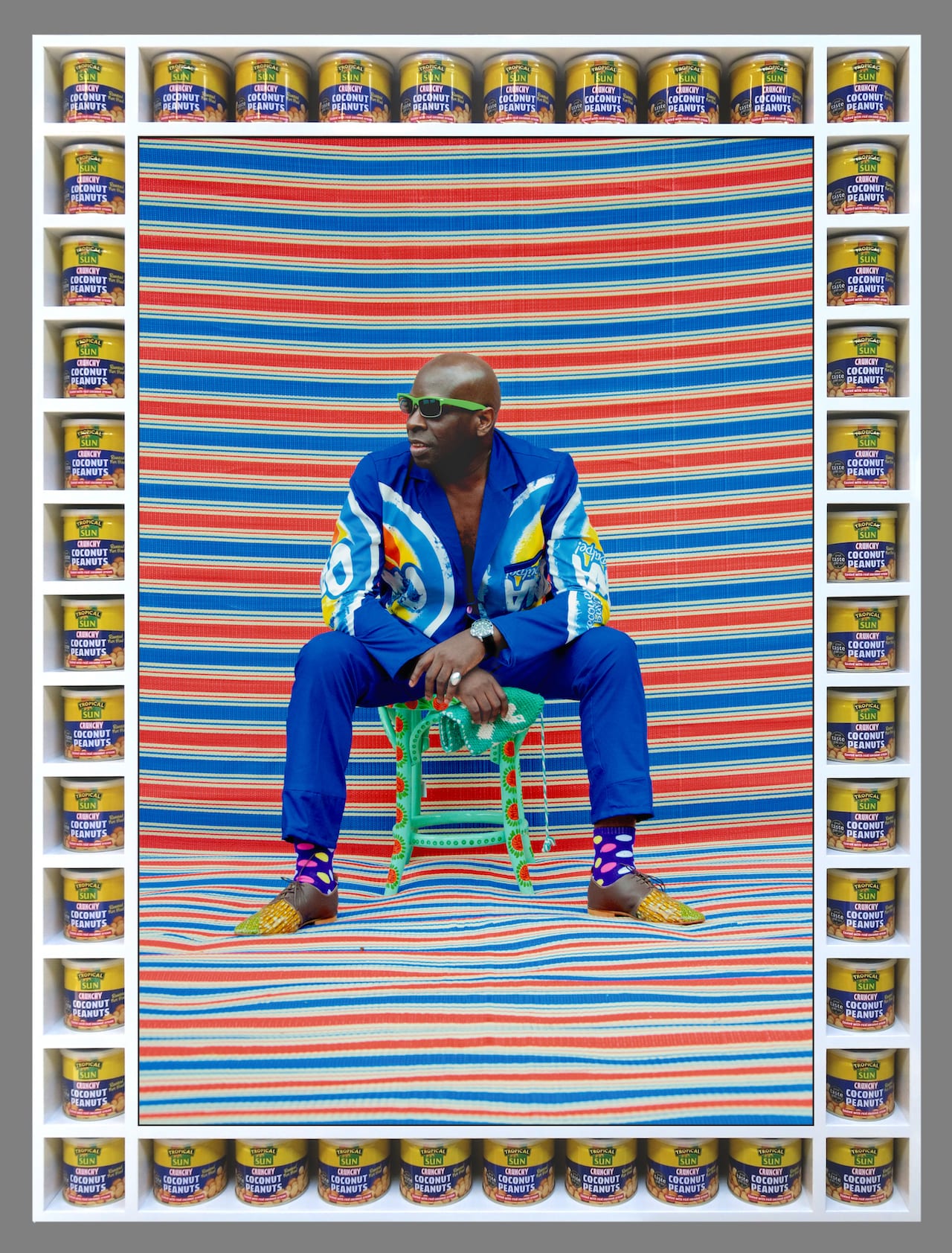
“If you’ve been to Morocco I think you’ll understand that we’re a very colourful country, a colourful people. We see every colour being worn. In Morocco that there is the clash of colours and an attitude not to be scared of colours,” says Hassan Hajjaj. His latest exhibition, La Caravane, is about to launch at Somerset House, the first display for the British-Moroccan photographer in London in seven years. His work reflects on identity and culture, which has featured as a big part of his life and work since moving to the UK from a small port town in Morocco aged just 13.